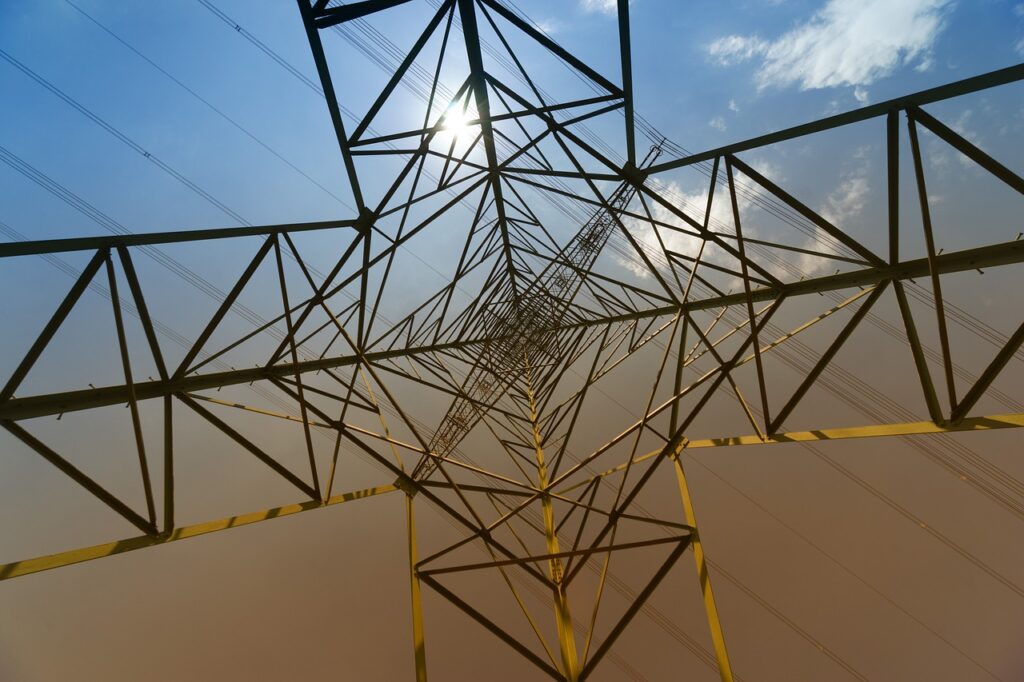Amidst the UK’s renewable energy transition, National Grid has etched a critical milestone by awarding high-voltage direct current (HVDC) supply chain framework contracts. This move responds to the increasing demand for seamless integration of renewable energy sources into the national grid, reflecting a significant leap forward in infrastructure modernization.
The push for HVDC technology is driven by the wider UK energy agenda, where older infrastructures are pushed to their limits with the influx of clean energy from offshore wind and solar farms. According to the National Grid’s Future Energy Scenarios, electricity demand might rise to 30% by 2050, a forecast urging robust systems to manage the expected load. National Grid’s contracts aim to fortify the backbone of the nation’s electrical distribution, capitalizing on HVDC’s efficacy in reducing transmission losses over long distances as compared to traditional AC systems.
The contracts entail a detailed roadmap for suppliers, ensuring that every unit involved is aligned with National Grid’s objectives of enhancing grid capacity while maintaining efficiency. Industry specialists argue that HVDC’s role is increasingly crucial given the geographic dispersion of the UK’s renewable energy sites. With wind farms often located far from load centers, efficient transmission becomes indispensable. This move is anticipated to not only enhance energy reliability but also mitigate bottlenecks, a problem corroborated by outages reported in previously aging grids.
National Grid’s approach consolidates its supply chain framework, optimizing costs by securing long-term partnerships with key suppliers. However, the challenge of maintaining interoperability among various systems from different suppliers remains. A report from Energy Systems Catapult noted that integration issues could inflate costs and stymie grid performance. The framework contracts emphasize standardization, potentially ushering a new era of cohesive infrastructure improvements across energy networks.
In addressing the financial implications, National Grid aligns its strategies with Ofgem’s regulatory frameworks, ensuring that the investments not only augment capacity but are also costs relatable to consumers. The UK’s public spending watchdog, the National Audit Office, highlighted that without prudent fiscal management, the risk of transferring undue expenses to end-users remains high. National Grid mitigates this by affording transparency in its procurement processes and valuing contracts based on output performance rather than preliminary estimates.
From an environmental standpoint, the strategic adoption of HVDC contracts aligns with the UK’s net-zero targets. By facilitating higher integration rates of renewable energy into the grid, the approach underscores the reduction of carbon emissions, addressing global and local ecological imperatives. The Committee on Climate Change has previously emphasized the necessity of decarbonizing the power sector to meet the 2050 agenda, and National Grid’s proactive measures form a critical part of this roadmap.
While the HVDC contracts are a step forward, the industry is cognizant of the technical and logistical challenges that accompany such large-scale transitions. Continuous monitoring and iterative development processes are viewed as essential to adapt and refine grid systems as technology evolves. Analysts recommend a comprehensive approach to tackle unforeseen technicalities, suggesting that a failure in meticulous execution could widen grid vulnerabilities rather than diminishing them.
